As humans, we share the planet with countless other species, and it is our responsibility to ensure their survival. Sadly, many species are now endangered due to human activities such as habitat destruction, poaching, and climate change. However, there are many dedicated individuals and organizations working hard to protect these animals and their habitats. In this article, we will explore 10 wildlife conservation efforts that are making a significant difference in the lives of endangered species. From protecting sea turtles and orangutans to saving rhinos and pandas, these efforts demonstrate that it is possible to reverse the damage we have done and help rebuild populations of threatened animals. Join us as we celebrate the amazing work being done to save some of the world’s most precious creatures.
What is Wildlife Conservation?
Wildlife conservation is the practice of protecting and preserving wild animals and their natural habitats. The goal is to prevent the extinction of endangered species and to promote sustainable living for both humans and animals. It is essential to protect wildlife as it plays an essential role in maintaining ecological balance. Wildlife conservation efforts aim to conserve biodiversity, protect natural resources, and maintain a healthy ecosystem. These efforts include efforts to protect habitats, prevent poaching, and promote sustainable development. The benefits of wildlife conservation are numerous, including the preservation of the environment, the promotion of ecological harmony, and the protection of human and animal health. By focusing on wildlife conservation, we can help to ensure that future generations can enjoy the beauty and diversity of our planet’s wildlife.
The Importance of Wildlife Conservation
The importance of wildlife conservation cannot be overstated. Wildlife plays a crucial role in the ecosystem as they help to maintain a balance in nature. Without wildlife, the ecosystem would be thrown off balance, and the consequences would be dire. It is essential to recognize that every animal, no matter how small or insignificant it may seem, has an important role to play.
The objective of wildlife conservation is to help preserve the animal kingdom and their habitats so that they can thrive for generations to come. Conservation is a team effort, and it requires the cooperation of everyone, including governments, organizations, and individuals. Without the collective effort, many of the species we know and love today would be extinct. As humans, we have a responsibility to protect and care for the environment, and the wildlife that calls it home. Conserving wildlife is not only about protecting animals, but it also has a significant impact on the human population. Many of the conservation efforts focus on preserving the habitats of the wildlife, which in turn helps to protect the water and air quality, and even mitigate climate change. Therefore, we must all work together to protect the natural world and ensure that the wildlife on this planet can thrive.
10 Wildlife Conservation Efforts
Wildlife conservation is critical in preserving our planet’s biodiversity. There are a lot of wildlife conservation efforts taking place all over the world that are making a significant difference in protecting endangered species. Here are ten successful wildlife conservation efforts:
1. African Elephant Conservation:

The African elephant is one of the most iconic and beloved animals in the world, but their populations have been decimated by poaching for their ivory tusks. They are highly endangered species, and conservation efforts are in place to protect these animals from poaching and habitat loss. The African Elephant Conservation Program is working to protect elephants from poaching and habitat loss, and their efforts have helped stabilize populations in some areas.
2. Giant Panda Conservation:

The giant panda has long been an iconic symbol of conservation efforts, and the Giant Panda Conservation Program has been instrumental in protecting this endangered species. By creating protected habitats and breeding programs, the population has increased from just a few hundred individuals in the 1970s to over 1,800 today.
3. Siberian Tiger Conservation:
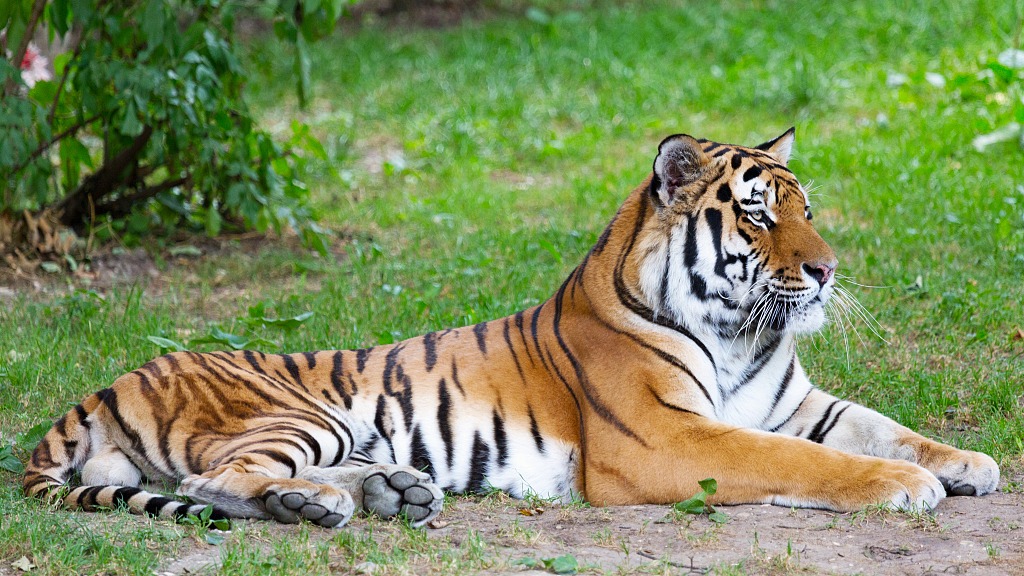
The Siberian tiger is one of the world’s largest and most endangered cats, but the Siberian Tiger Conservation Program is working hard to protect this magnificent animal. By creating protected habitats and implementing anti-poaching measures, the population has started to rebound from just a few hundred individuals in the 1940s to over 500 today.
4. The Whooping Crane Conservation:
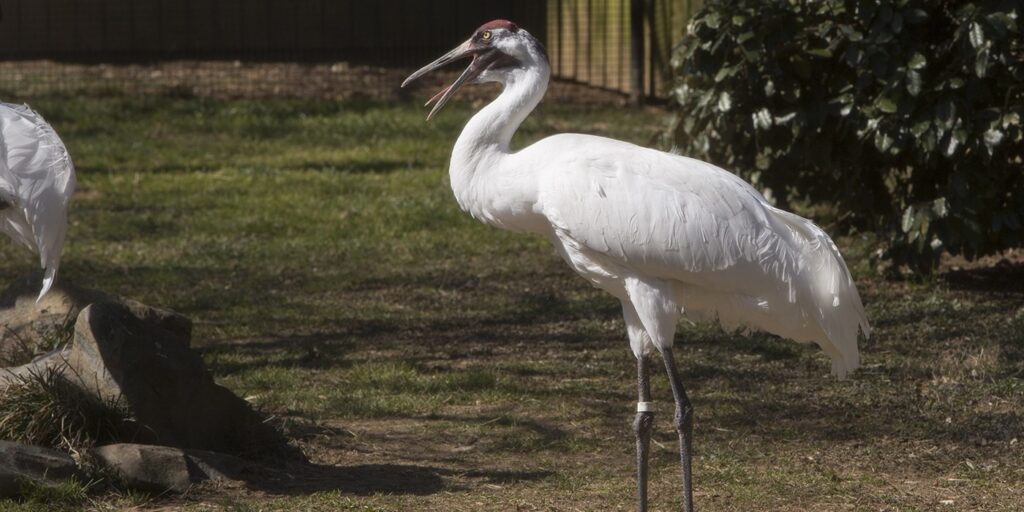
The whooping crane is one of North America’s most endangered birds, but the Whooping Crane Recovery Program has been working to save this species from extinction. By breeding and releasing captive-bred birds into the wild and protecting critical habitats, the population has increased from just 16 individuals in the 1940s to over 800 today.
5. Sea Turtle Conservation:

Sea turtles face numerous threats, including habitat loss, pollution, and poaching, but the Sea Turtle Conservation Program is working hard to protect these amazing creatures. By creating protected nesting sites and implementing laws to prevent hunting and egg collection, populations of many sea turtle species have started to rebound.
6. Snow Leopard Conservation:

The snow leopard is one of the world’s most elusive and endangered big cats. Snow leopards are endangered due to habitat loss and poaching. The Snow Leopard Conservation Program is working hard to protect this beautiful animal. By implementing anti-poaching measures and community-based conservation programs, the snow leopard population has started to recover in some areas.
7. The Bald Eagle Recovery Program:
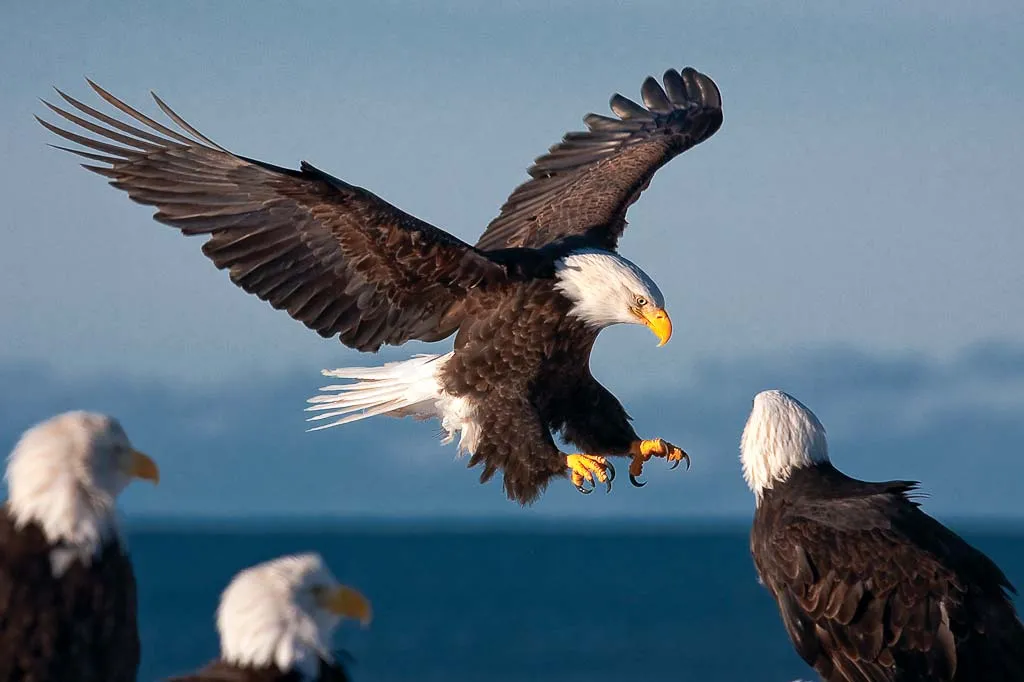
The bald eagle was once on the brink of extinction due to hunting, habitat loss, and pesticide poisoning. However, thanks to the Bald Eagle Recovery Program, the population has rebounded from just a few hundred individuals to over 70,000 today.
8. The Black-footed Ferret Recovery Program
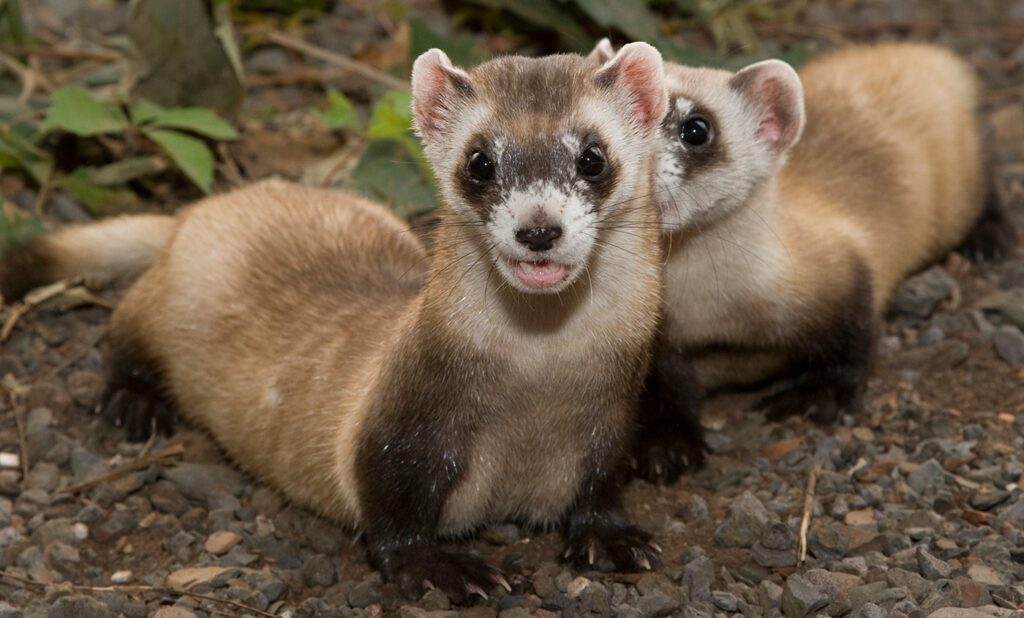
The black-footed ferret is one of North America’s most endangered mammals, but the Black-footed Ferret Recovery Program has helped bring this species back from the brink of extinction. By implementing breeding programs and reintroduction efforts, the population has increased from just 18 individuals in the wild in 1987 to over 300 today.
9. The Mountain Gorilla Conservation:

The mountain gorilla is one of the rarest and most endangered primates in the world, but the Mountain Gorilla Conservation Program is working to protect this amazing species. By creating protected habitats and implementing anti-poaching measures, the population has increased from just 250 individuals in the 1980s to over 1,000 today.
10. Macaw Conservation:
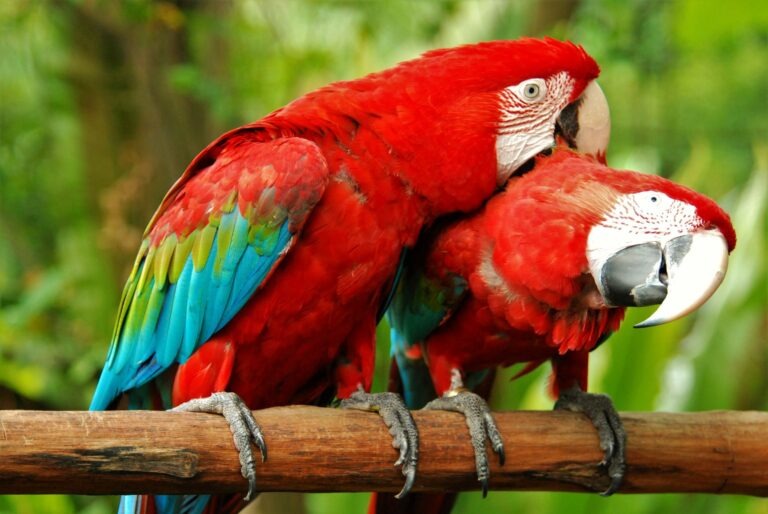
Macaws are a group of large, colorful parrots that are native to Central and South America. These birds are known for their striking appearance, intelligence, and social behavior, making them popular pets and a popular subject of conservation efforts. Unfortunately, many species of macaws are endangered due to habitat loss, poaching, and the illegal pet trade. Conservation efforts are in place to protect these birds from extinction.
These are just a few of the many wildlife conservation efforts taking place all over the world.
Thanks to these efforts, we are making a difference in protecting endangered species and preserving our planet’s biodiversity.
Final Words:
Conservation is the act of protecting and preserving natural resources, habitats, and species. It is incredibly important that we continue to work towards protecting our planet’s wildlife, as many species are endangered or at risk of extinction. There are a number of different ways that people can get involved in conservation efforts. One of the most effective ways is through education. By learning about the different animals and their habitats, people can better understand the importance of conservation and the actions that they can take to help. Another important way to get involved is through volunteering. Many conservation organizations rely on volunteers to help with things like habitat restoration, research, and advocacy efforts. Finally, it is important to support conservation efforts through donations. Conservation organizations rely on the generosity of donors to fund their programs and initiatives. By contributing to these organizations, you can help to support the conservation of endangered species and protect the natural world for generations to come.
FAQs
- What is wildlife conservation?
Wildlife conservation refers to the practice of protecting and preserving wild animals, their habitats, and the ecosystems they inhabit, with the goal of ensuring their survival and well-being for present and future generations.
- Why are wildlife conservation efforts important?
Wildlife conservation efforts are essential to protect endangered and threatened species, maintain biodiversity, maintain ecosystem stability, and promote ecological balance. Wildlife has intrinsic value and plays critical roles in maintaining ecosystem functions, such as pollination, seed dispersal, and nutrient cycling. Conservation efforts also help to protect cultural heritage, recreational opportunities, and the overall health of our planet.
- What are some common wildlife conservation efforts?
Common wildlife conservation efforts include habitat conservation, protected areas or national parks, wildlife management and monitoring, anti-poaching and anti-trafficking efforts, species recovery and reintroduction programs, community-based conservation initiatives, public education and awareness campaigns, and sustainable resource management practices.
- Who is involved in wildlife conservation efforts?
Wildlife conservation efforts involve various stakeholders, including government agencies, non-governmental organizations (NGOs), conservation organizations, scientists, researchers, local communities, indigenous peoples, policymakers, and individuals who are passionate about wildlife conservation.
- What are the main challenges to wildlife conservation efforts?
Wildlife conservation efforts face numerous challenges, including habitat loss and fragmentation, poaching and illegal wildlife trade, climate change, pollution, invasive species, human-wildlife conflicts, lack of funding and resources, and inadequate policy and enforcement mechanisms.
- How can individuals contribute to wildlife conservation efforts?
Individuals can contribute to wildlife conservation efforts in several ways, including supporting conservation organizations financially or through volunteering, reducing their ecological footprint by practicing sustainable living habits, advocating for wildlife-friendly policies and regulations, supporting ethical wildlife tourism, participating in citizen science programs, and spreading awareness about wildlife conservation through education and outreach.
- What are the benefits of wildlife conservation efforts?
Wildlife conservation efforts yield several benefits, including protecting biodiversity, preserving natural ecosystems and their services, supporting local livelihoods and economies through eco-tourism, maintaining cultural heritage and traditional knowledge, mitigating climate change impacts, and promoting overall ecological sustainability and resilience.
- Are there success stories in wildlife conservation efforts?
Yes, there are many success stories in wildlife conservation efforts. Examples include the recovery of endangered species such as the bald eagle, gray wolf, and southern white rhinoceros, the expansion of protected areas and national parks, successful community-based conservation initiatives that involve local communities in conservation efforts, and the reduction of poaching and illegal wildlife trade through increased enforcement and public awareness.
- What are the future prospects for wildlife conservation efforts?
The future prospects for wildlife conservation efforts are dependent on various factors, including continued commitment and action from governments, organizations, and individuals, increased awareness and education about wildlife conservation, improved policy and enforcement mechanisms, innovative conservation strategies, and sustainable resource management practices.

